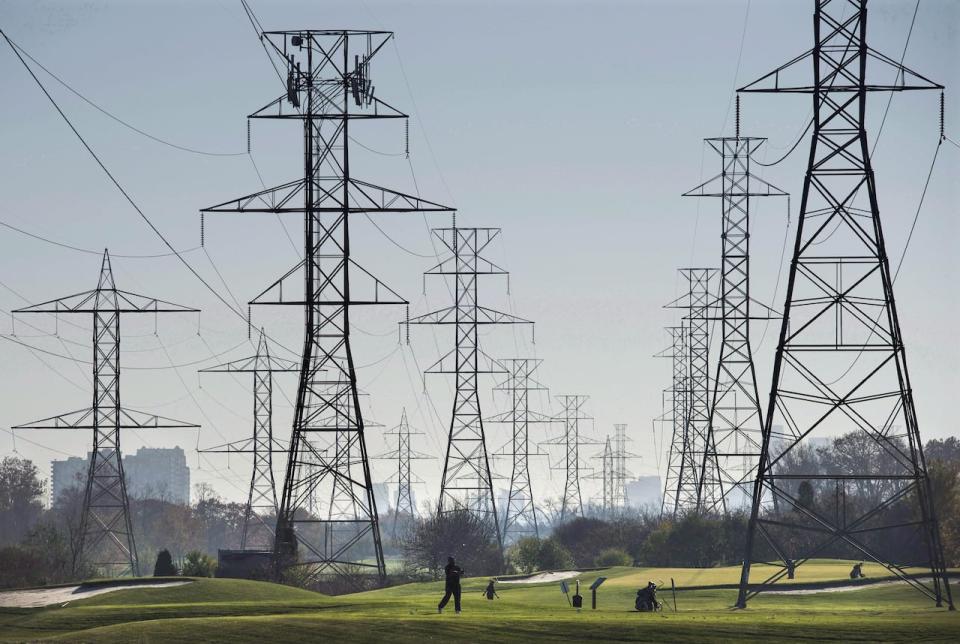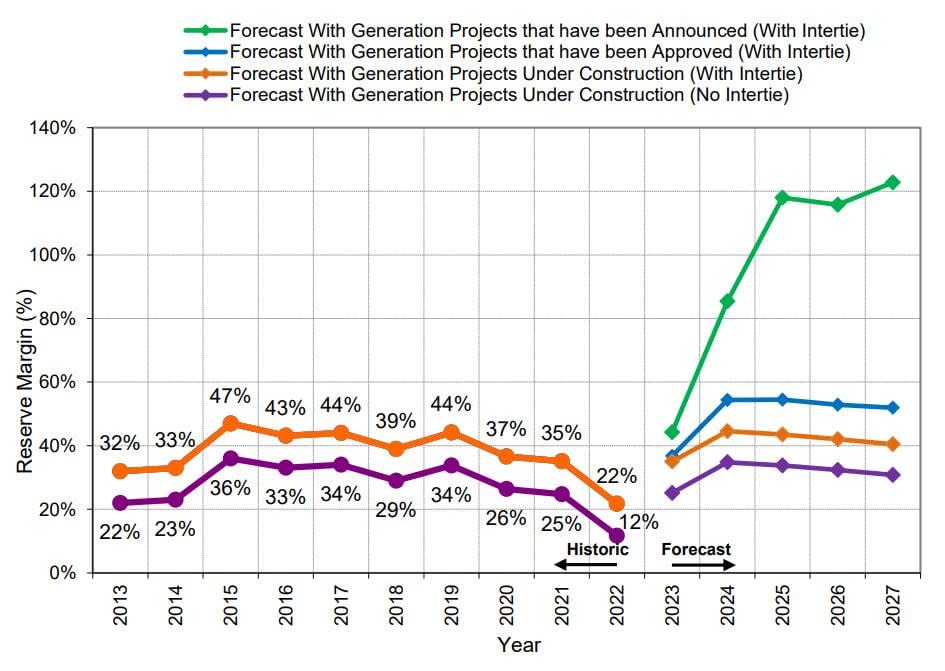'Things will be better': Why relief from high electricity prices is on the horizon for Calgarians

It's been a brutal year for electricity bills — especially for Calgarians paying the fluctuating regulated rate option (RRO) — but autumn has already brought some relief and more looks to be on the horizon.
After peaking at nearly 32 cents per kilowatt hour in August, the RRO edged down to 26 cents in September and then fell again in October to 19 cents.
Still, that's a far cry from 2020, when the RRO averaged 6.4 cents.
Blake Shaffer, a University of Calgary economist who specializes in electricity markets, says the price surge since 2020 has largely come due to a lack of competition in the generating market.
Because a small number of companies control a large amount of the generating capacity, they are able to exert their market power through a practice known as economic withholding, which effectively pushes up the wholesale price of electricity.
Shaffer says companies were more able to exert their market power after Alberta's 20-year power purchasing agreements — which had been introduced in the 1990s as a way to counter the lack of competition at that time — came to an end on Dec. 31, 2020.
Another, smaller factor adding to the current RRO price is a hangover effect from the temporary rate cap that was put in place for January, February and March of this year.
The UCP government capped the RRO at 13.5 cents for those three months, in what was billed as an affordability measure. But any costs above the temporary cap were effectively deferred, and the deficit is now being made up by tacking it on to the RRO.
This payback period is in effect until December 2024, and is estimated to add about 2.5 cents to the RRO, above what it would otherwise be.
'Things will be better'
Shaffer says the worst of the price spike appears to be behind us.
Based on forward prices, he says the RRO is expected to continue to decline later this year and continue dropping into 2024 and 2025.
"Things will be better," Shaffer said.
"After about January, the forward prices are looking like they're back around 10 cents or even less — so back to the world where we had been, pre-2020."
He says two major factors are expected to drive prices down.
One is the imminent opening of a major new natural gas-fired power plant: Kineticor's Cascade Power Project was recently connected to Alberta's power grid and the 900-megawatt facility is due to start producing electricity soon.
The Cascade plant, located near Edson, will be capable of supplying about eight per cent of Alberta's average power needs.
Kineticor is not one of the currently dominant players in the Alberta power market, Shaffer said, so when the plant comes online it will introduce significant new competition.
Numerous other projects are also coming online and the Alberta Electric System Operator expects its reserve margin — a measure of excess "firm generation capacity," excluding wind and solar — to increase in 2024, after hitting a low point in 2022.

A chart showing the historical reserve margin in Alberta and the forecast margins increasing in 2024 under various scenarios. (AESO Long-Term Adequacy Report August 2023)
At the same time, the City of Calgary continues to review its local access fee — which is tacked on to electricity bills and tied to the fluctuating price of electricity, creating a "double whammy" during high price periods for people who are paying the RRO.
While electricity customers with good credit can choose to pay a fixed rate for their power instead of the RRO, there is no similar opt-out option for the local access fee.
As a result, Calgarians have been paying several times as much for their local access fees compared to people in Edmonton, where the fee is calculated differently.
As the RRO comes down, so too will Calgary's local access fee.
The issue is on the agenda for this week's city council meeting, after council had requested a report from city staff on the history of the local access fee and the potential for changing the way it's calculated.
Calgary collected nearly $226 million from the fee last year, up 76 per cent from the average over the previous decade.
This year, it had initially budgeted for $117 million in revenue from the fee but now expects the actual total could reach $210 million by year's end.
Some councillors have expressed concern about how much money the city has been collecting from its local access fee on electricity and pondered whether the city should provide some kind of relief to citizens and businesses, including a possible rebate.
The matter is due back at council during the city's November budget deliberations.


